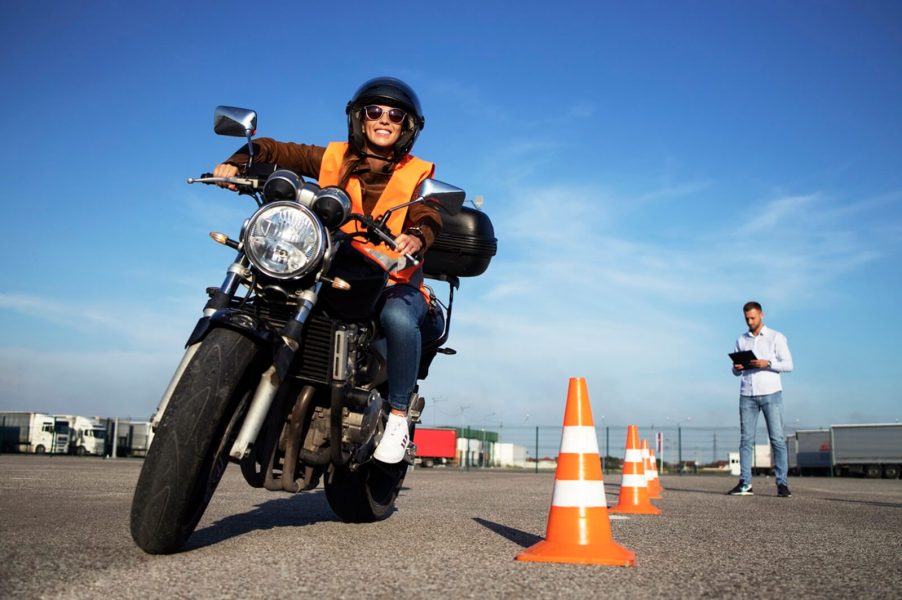
Don’t Tier on Me: Is Graduated Licensing a Good Idea for American Motorcycle Riders?
Freedom of choice is a tenet of life in the United States. While the experience of freedom might vary from citizen to citizen, one of the allowances millions of American motorcycle riders enjoy is the ease of licensing. However, empirical evidence from our counterparts in Australia and New Zealand suggests that it might not be a good idea for a young rider to straddle a high-revving Yamaha R1 or BMW S 1000 RR. Instead, the National Highway Traffic Safety Administration (NHTSA) outlined graduated licensing as a possible solution for American highways.
Graduated licensing involves different levels for different motorcycles

Graduated Driver’s Licensing, or GDL, segments access to levels of operation to specific drivers and riders. For instance, a GDL could involve a state or issuing country limiting a driver or motorcycle rider to specific types of vehicles. In some cases, GDL could even dictate times of day for lower-tier licenses.
In Australia and New Zealand, GDL for motorcyclists led to reduced hospitalizations among young riders. Consequently, the licensing restrictions acted as a deterrent to young riders who didn’t want to deal with the added hassle.
For American motorcycle riders, graduated licensing could look like separate licenses for different types and displacements of bikes. Specifically, riders with their eyes on a ballistically powerful liter bike (1000cc) might have to undergo additional training. That, or issuing states might require riders to reach 25 years of age or older before they’re allowed to purchase a powerful sport bike like a Suzuki GSX-R1000.
As of now, a basic motorcycle endorsement on a driver’s license isn’t required to buy a motorcycle. In fact, an 18-year-old in the United States can patronize a dealership and buy a 1,000cc bike.
Is it a good idea for American motorcyclists?
The NHTSA gives the concept a 2.0 out of 5.0 on the agency’s scale for effectiveness. Considering how much resistance the initiative would receive from American motorcycle riders, it might not be worth the effort.
Conversely, the safety agency gives expanded impaired-rider detection techniques a 3.0 out of 5.0. It makes sense; the NHTSA reports that 28% of fatal wrecks in 2021 involved alcohol.
In the meantime, American riders need only get a motorcycle license to register, insure, and legally operate a high-horsepower motorcycle. Still, riders can stack the deck in their favor by choosing a sensible bike to suit their experience level.
For instance, a standard motorcycle with reasonable power reserves and an anti-lock brake system (ABS) is a suitable first choice for a new rider. On the other hand, a 210-horsepower Ducati Panigale V4 isn’t such a prudent mount for a wet-behind-the-ears rider.
Source: NHTSA





